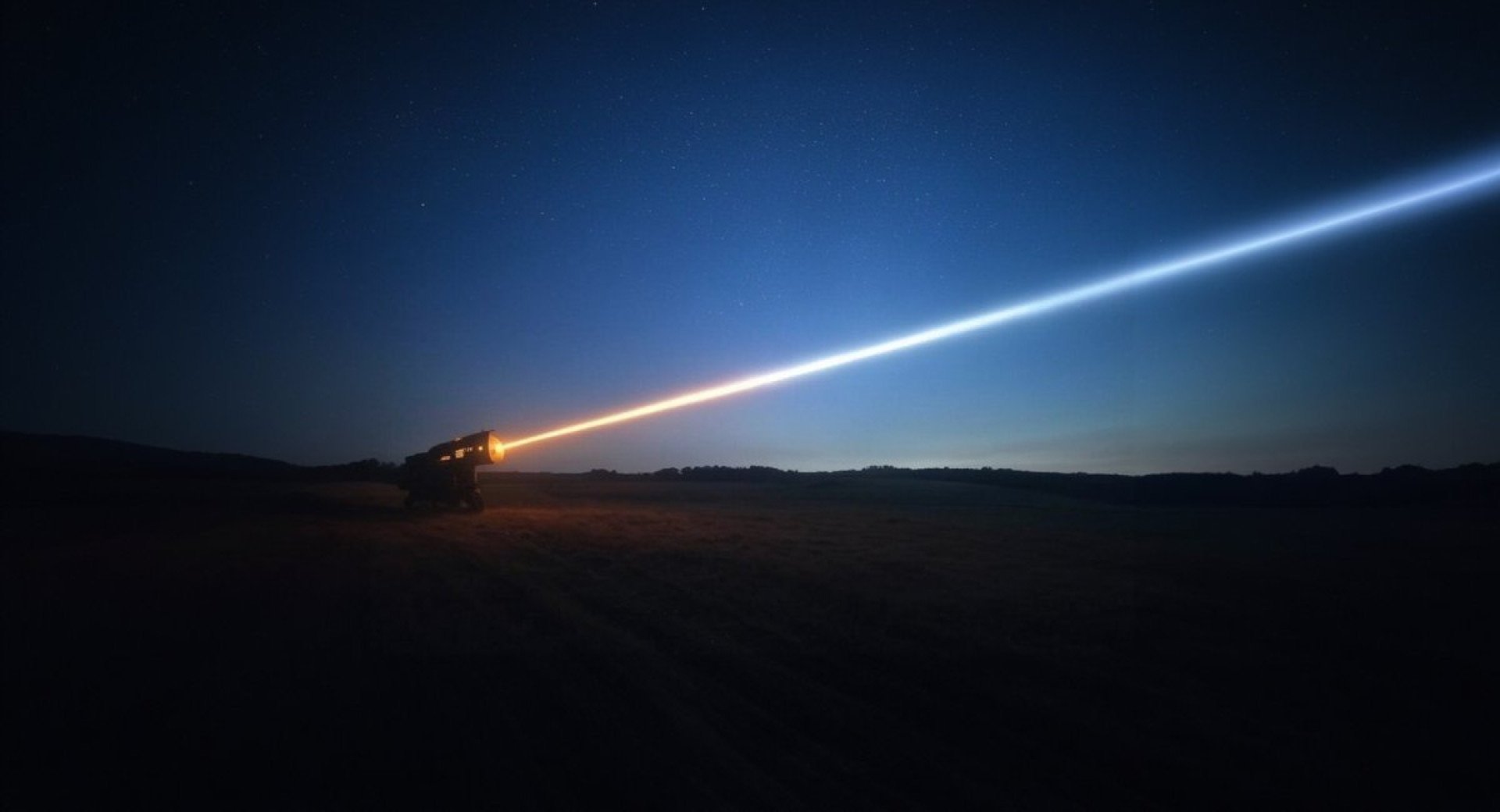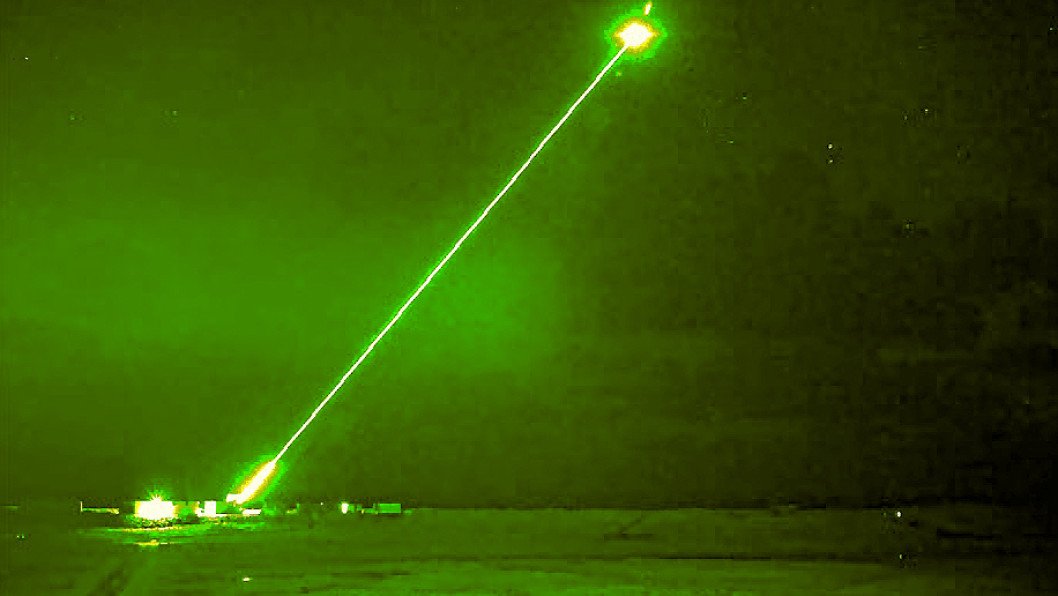- Category
- Latest news
Exclusive Footage: Ukraine’s Secret Laser Shreds Drones in Seconds

Ukraine has successfully tested its laser weapon system designed to counter Russian cruise missiles and Shahed drones, marking a significant advancement in the country’s air defense capabilities.
A video shared with UNITED24 Media by the Ukrainian defense platform Brave1 showcases the test.
Unlike the previously mentioned Trident (Tryzub) project, which is also being tested, this new laser weapon is an independent development designed to bolster Ukraine’s defenses against Russian Shahed drones and other airborne threats.
Brave1, an initiative backed by Ukraine’s government and military, serves as a platform for defense tech innovation, fostering the rapid development of advanced military technologies.
The organization plays a key role in integrating cutting-edge solutions into Ukraine’s defense strategy, including the ongoing evolution of directed-energy weapons.
In a video, the Ukrainian laser system is tested on various targets to simulate the impact on real aerial targets.
In the first part, the laser weapon shoots at a 1.5mm (0.06 inch) thick steel sheet from a distance of 110m (361 feet). The laser made a 7mm (0.27 inch) hole in it in just 4 seconds.
@united24media.com Ukraine’s Cutting-Edge Laser Weapon Melts Through Drone Metal Source: Brave1
♬ War Hammer - Noise Candy Music
After that, the weapon was tested on a part of a downed Russian carbon fiber composite Shahed drone and burned a 2cm (0.78 inch) hole in it in just 10 seconds.
The next target was the body of a land-based robotic system, which was built from 2mm (0.08 inch) thick metal, and it got through it in 6 seconds, leaving a 15mm (0.59 inch) wide hole in it.
It was also tested on the batteries of FPV drones and other robotic systems successfully destroying them in a few seconds.
The last test the video shows is the system firing at the FPV drone imitation from a distance of 200m (656 feet). In just 4 seconds the target was downed.

The Brave1 laser weapon program remains shrouded in secrecy, with little information available on its exact specifications, development timeline, or international partnerships.
However, the developer involved in the project, who spoke to UNITED24 Media and wished to remain anonymous, shared some details on the ongoing project and highlighted the economic and strategic advantages of the laser system.
“Taking down a Shahed drone with a laser costs just a few dollars,” the developer explained.
“In contrast, anti-air missiles cost millions. This isn’t just an economically viable solution—it could shift the balance in the economic war.”
Unlike traditional air defense systems, laser weapons do not require ammunition, he added.
Instead, they use directed energy to neutralize threats, providing a sustainable and cost-efficient method for countering drone attacks and other aerial threats.
Beyond drone interception, the laser system is being explored for additional battlefield applications. One key capability is remote mine neutralization, a function that could significantly enhance demining operations in war zones and accelerate the clearance of Russian-occupied territories.
“This is a promising but complex technology,” the developer said.
“If successfully implemented at scale, it could significantly strengthen Ukraine’s defense capabilities and position the country as a leading arms innovator in Europe.”
Ukraine’s introduction of directed-energy weapons comes as the country faces near-daily drone attacks, with Russia having launched over 5,000 Shahed drones in the fall of 2024 alone.

Trident: a parallel development
While much of the focus has now shifted to the secretive Brave1 laser project, the Trident (Trizub) laser weapon—which has been undergoing separate testing—remains another potential addition to Ukraine’s high-tech arsenal. Both projects indicate Ukraine’s growing investment in directed-energy weapons as a critical part of future warfare.
Military analysts report that Trident may share characteristics with the British DragonFire system, which boasts a power output of 50 kW and a firing range similar to the Ukrainian prototype.
As Ukraine races to integrate laser weaponry into its military, these developments underscore the country’s push to modernize its defenses, reduce reliance on costly foreign munitions, and establish itself as a key player in next-generation warfare technology.
The development, spearheaded by Colonel Vadym Sukharevskyi, Commander of Ukraine’s Unmanned Systems Forces, is part of an effort to provide mobile fire groups with high-tech solutions against enemy UAVs.
According to Sukharevskyi, the weapon has already proven effective in burning through aircraft metal during tests, and further enhancements are underway.
“We have significant potential to transform the battlefield,” he stated in an earlier interview, adding that the laser system will soon be deployed to mobile fire groups currently using machine guns and thermal imaging to intercept drones.
Earlier, Sukharevskyi stated that Ukraine has already deployed laser weaponry against Russian targets.
“…laser technology is already striking certain objects at a certain height,” Sukharevskyi said when asked about the Ukrainian laser system and its deployment.





-72b63a4e0c8c475ad81fe3eed3f63729.jpeg)

